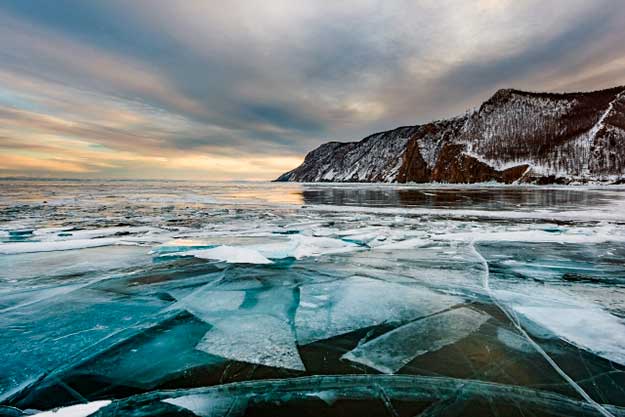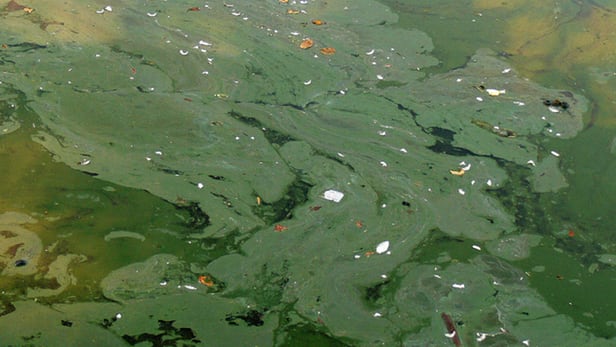In the north and east of Lake Baikal ice cover began to form. Each year this process is different. It depends on weather conditions, not only from the timing and the rate of reservoir freezing, but also from such characteristics as transparency of ice, its thickness and the type of fracture.
The main factors are air temperature, amount of snowfall, direction and wind speed. So, at -20 ° C it is formed from 4 to 5 cm of ice per day.
Baikal is usually covered with a layer of ice till January. Only the long stretch of a 10-15 km in the beginning of Angara River does not freeze. Read more






